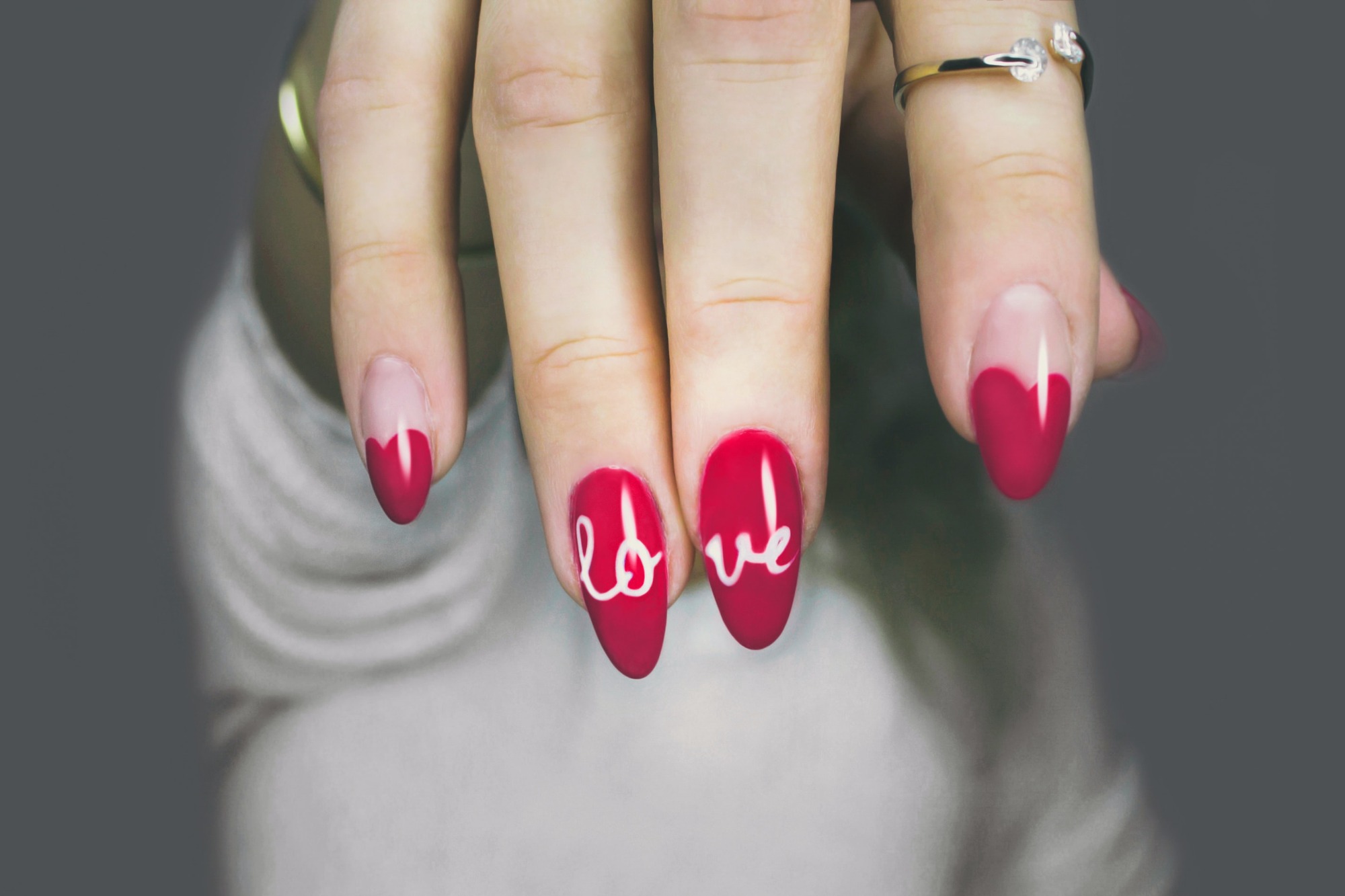Gel nails or acrylic nails?
Gel nails or acrylic nails, this is what you need to choose for yourself! Which one is more suitable for you!
Whether it's a high-fashion cocktail party, a warm and firm handshake with your boss at work, or a pat on the cheek of any cute kid you meet; the first thing people should notice is your nails. What better way to attract eyeballs than using fake/fake nails. In the past two decades, the use of fake nails and nail art has become as common and popular as tattoos.
 In fact, fake nails are still one of the most economical and painless body art models. However, whenever you decide to study them, you will be asked two questions-whether it is acrylic or gel nails?
In fact, fake nails are still one of the most economical and painless body art models. However, whenever you decide to study them, you will be asked two questions-whether it is acrylic or gel nails?
1. Manicure process
Acrylic nails, the more popular nails between the two, will automatically harden when exposed to air. The liquid monomer is applied to the natural nail, and then the powder polymer is applied to allow the artificial nail to quickly attach to the natural nail.
However, gel nails need to use primer, color polish, and topcoat to stick your natural nails. Acrylic nails only take up a hard appearance after being exposed to ultraviolet light. Therefore, each coating (layer) is treated under UV light for several minutes.
2. Continuous use time
Acrylic nails: These nails can last up to 7-8 months without any trouble, thus saving you a lot of money.
Gel nails: These nails need to be repaired/fixed/replaced within two weeks or within the last month. Therefore, it is not an economic choice
3. Nail removal
3.1Acrylic nails:
File them
Nail technicians will use an Acrylic nail drill to remove the top layers. Since it’s likely you won’t have the same tool at home, you can remove the top layer by filing it off with a regular nail file. Instead of doing it the normal way, at the very top edge of the nail, you’ll file the layer that the acrylic nail covers until it thins out.
Soak in acetone
She says removal — whether at home or in the salon — always requires an acetone soak. Because these nails are a combination of a liquid monomer and powder polymer that creates a hard protective layer, the acetone breaks it down and makes it softer for easy removal.
Closeup shot of a woman using a foil to give a nail manicure. Women remove a cuticle nail with foil. Shallow depth of field with focus on the foil.
Instead of soaking your hand in a bowl of acetone, use foil and cotton balls to get the job done. Getty Images
Instead of soaking your fingers in a bowl of acetone, soak a piece of cotton with acetone and place it on top of the filed down the nail. Then wrap the finger with foil and wait about twenty minutes before taking the foil and cotton off.
Scrape them off gently
The acrylic nails should be soft enough to scrape off, but she advises against using metal tools to do so. “Natural nails become soft with acetone and could be damaged if you get too rough with removal or use metal tools as part of the process,” she said. “The key is to be gentle.” Instead, she recommends using a paper towel.
3.2 Gel nails
They need to be kept on file. Some immersion versions available are not skin or pocket friendly.
Repair
Acrylic nails: Repairing broken nails at home is easy. Glue is the best ally in repairing broken nails.
Gel nails: No matter how hard you try, in order to get a complete nail look, you must go to a manicurist every time your nails break.
Application
Acrylic nails: Due to smoke and strong odor, pregnant women should not use it.
Gel nails: Because there is no smoke and smell, it is a very environmentally friendly choice.
Shelf life
Acrylic nails: With proper care, they can easily last up to 7-8 months.
Gel nails: They need constant visits to manicurists. If properly taken care of, it can last for a month.
Strength
Acrylic nails: These nails are strong but hardly elastic. Therefore, their chances of breaking far exceed gel nails.
Gel nails: Not only are they stronger than acrylic nails, but they are also a bit more flexible. Therefore, they are unlikely to break occasionally.
Acrylic nails: Acrylic resins tend to look less natural than gel nails.
Gel nails: Gel nails give nails a fairly natural and shiny appearance.
Damaged nails
Acrylic nails: The nail bed is damaged due to continuous and prolonged use. These nails become home to various fungal infections on the nail bed.
Gel nails: Using gel nails, the damage is equal. Your nails will become dry and lose moisture. It will also erode your nail wall.
Durability
Acrylic nails: Often exposed to water or any other liquid, acrylic resin tends to fall off.
Gel nails: If you often dip your fingers in water or come in contact with water from time to time, gel nails will prove to be a better choice.
Now, this is not something we want you to spend time thinking or debating. We hope that the small list of pros and cons of these two nails might give you a better picture.
